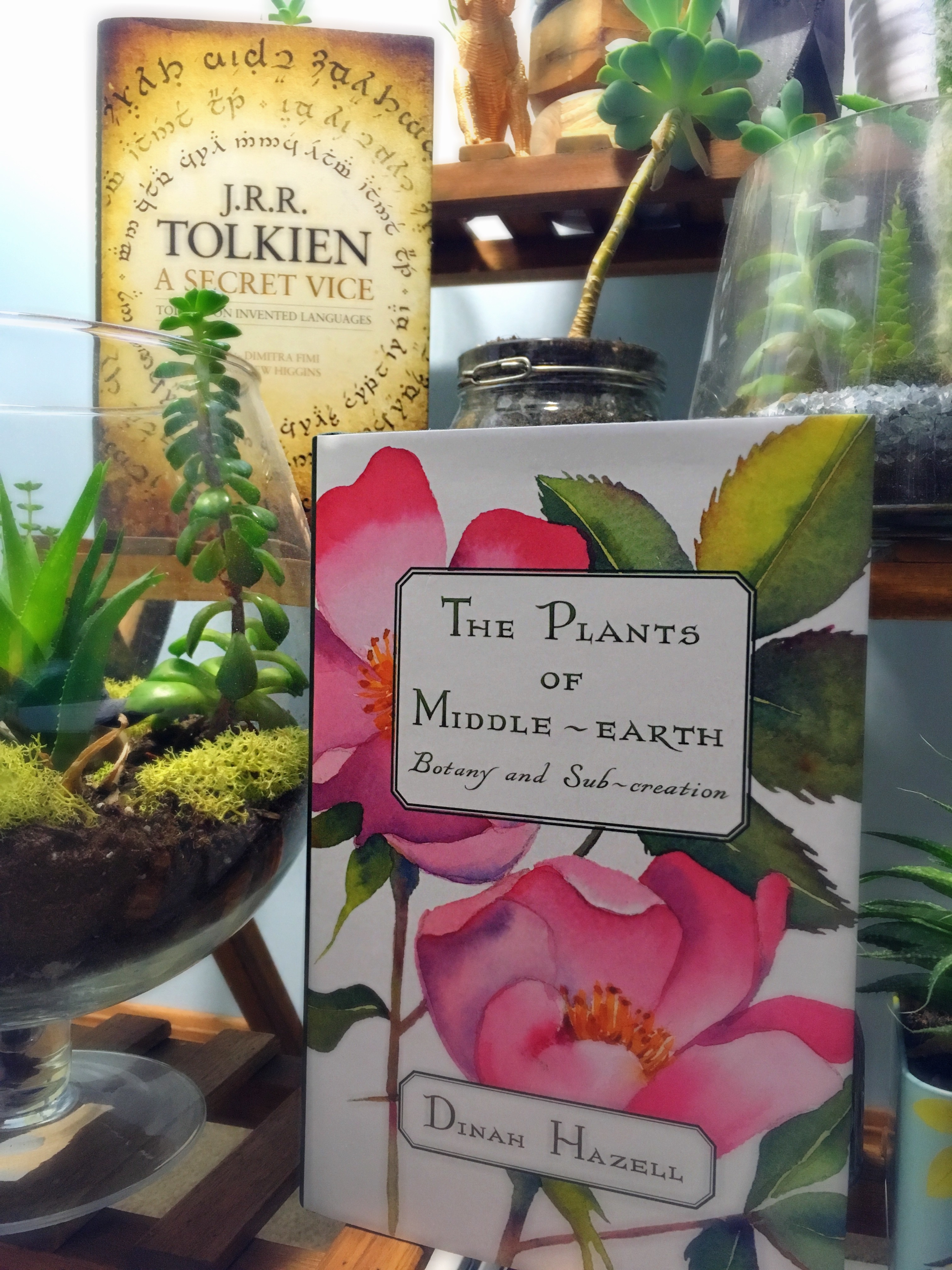Dina Hazell’s The Plants of Middle-earth: Botany and Sub-Creation offers a unique lens through which to examine J.R.R. Tolkien’s meticulously crafted world. Rather than a simple field guide, this book delves into the significance of plant life, both real and imagined, within the context of The Lord of the Rings. Hazell argues that Tolkien’s deliberate selection and naming of flora reflect the deeper themes and implications of his epic tale, inviting readers to contemplate the enduring strength and ephemeral beauty of nature within Middle-earth.
The Significance of Greenery in Tolkien’s World
Hazell’s work challenges the notion of a simple good versus evil narrative in The Lord of the Rings, prompting readers to consider whether Tolkien’s world is ultimately optimistic or pessimistic. This exploration is intricately woven into the botany of Middle-earth, where the author guides our attention to the fleeting beauty of individual blossoms and the unyielding resilience of the natural world. The careful consideration of plant life serves as a microcosm of the larger themes at play within the narrative.
Forests and Trees: More Than Just Ents
One of the most compelling chapters, “Forests and Trees,” explores the multifaceted significance of trees beyond the iconic Ents. Hazell embarks on a tour of the forests of Middle-earth, revealing how Tolkien imbues these locations with symbolic weight and narrative purpose. This chapter highlights the interconnectedness of the environment and the inhabitants of Middle-earth, demonstrating how Tolkien’s botanical choices contribute to the world’s rich tapestry.
Modernization and the Shire
Hazell provides insight into modernization and its relation to Sarehole Mill. This section, from pages 84 to 87, provides insight into Sarehole Mill.
Of course, The Lord of the Rings cannot become commonplace, regardless of how often we read it. But hopefully awareness of its plant life will offer a new perspective for future visits to Middle-earth. (95)
A Physical Treasure: Appreciating the Book’s Design
The Plants of Middle-earth is praised for its physical qualities, making it an enjoyable experience. The book’s tactile appeal extends to its deep green binding and pages with a bit of weight to them. The illustrations, a key feature, though uncaptioned, add to the aesthetic.
A Fresh Perspective on Middle-earth
The Plants of Middle-earth presents a fresh perspective on Tolkien’s world, inviting readers to delve deeper into the symbolic meaning of its flora. For those seeking a more traditional field guide, Oxford UP’s Flora of Middle-Earth is mentioned as a forthcoming release that may satisfy that desire.
Further Exploration: Tolkien’s Linguistic Artistry
The review also touches upon A Secret Vice: Tolkien on Invented Languages, a collection of Tolkien’s writings on the joys of language creation and its role in mythology. This book provides valuable insight into Tolkien’s creative process, particularly his passion for language development.
Tolkien’s Passion for Language
A Secret Vice features Tolkien’s talk from 1931, where he explored the creative process of inventing languages and the importance of language in mythology. The book also includes an essay on Phonetic Symbolism.
Originally a talk given to a literary society (xxxi), “A Secret Vice” has a relatively casual and at times self-deprecating tone. Having read so much of Tolkien’s fiction, I find it something of a novelty to read in his own ‘voice’. Fans of Tolkien or those interested in constructed languages will appreciate the sentiments expressed and ideas explored in A Secret Vice.
Conclusion: A World of Wonder Awaits
Both The Plants of Middle-earth and A Secret Vice offer unique pathways into the mind and world of J.R.R. Tolkien. Whether exploring the symbolic meaning of flora or delving into the intricacies of language creation, these books invite readers to appreciate the depth and complexity of Tolkien’s vision. They encourage a closer look at the details that make Middle-earth such a captivating and enduring creation.


